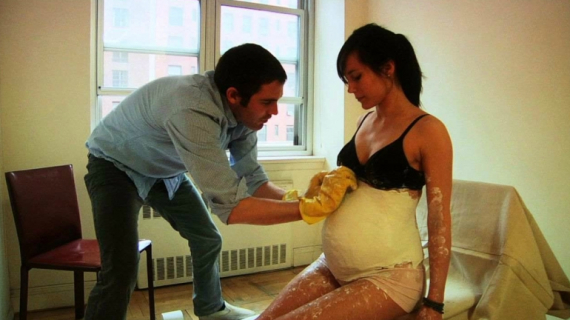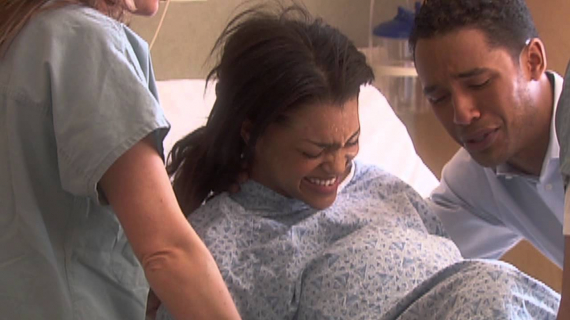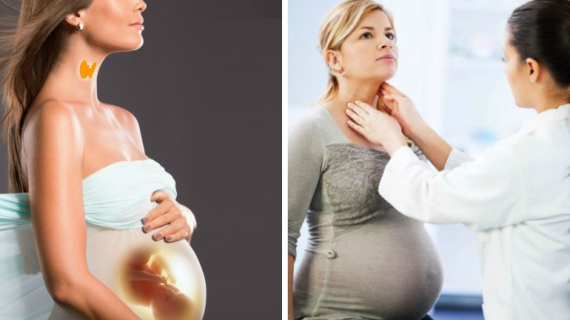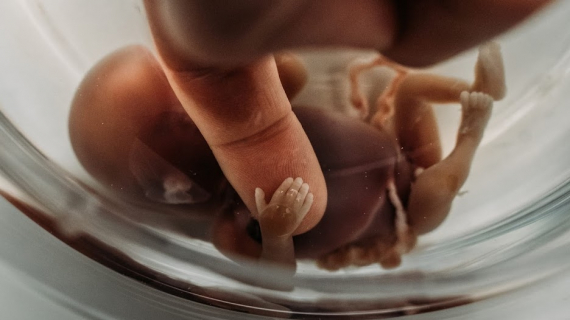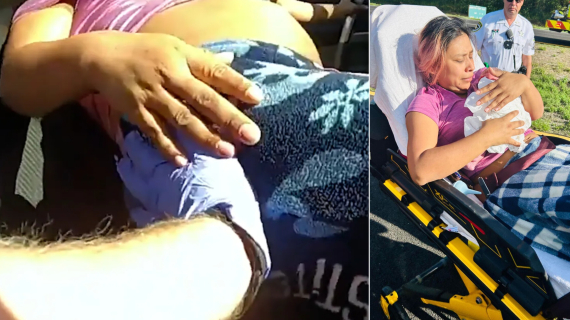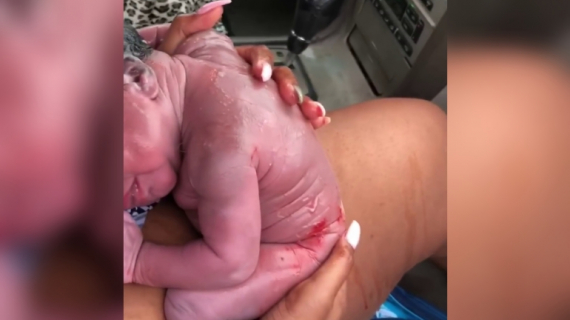How to Do Perineal Tissue Massage During Pregnancy?
Perineal massage is a method of preparing the outlet of the birth passage, particularly the perineum, for the stretching and pressure sensations during the birth of your baby. It has been used in different countries and cultures throughout much of human history.
The aim is to avoid trauma to that area; either tears or an episiotomy (a cut made in the perineum to enlarge the outlet). A large study has shown that women experiencing their first vaginal birth, who practice perineal massage from 35 weeks of pregnancy, have a lower risk of serious tearing (requiring stitches) or episiotomy.
Perineal massage will make you more aware of this area and will assist you to relax and open up for your baby's birth. Women who have consistently performed perineal massage do not report the extremes of stinging and burning that often accompany the birth of baby's head. Furthermore, perineal massage also decreases the chance of ongoing perineal pain at three months post-delivery.
Benefits Of Prenatal Perineal Massage
• Avoid tearing: Perineal massage helps to reduce or avoid tearing in the perineum during a vaginal delivery
• Avoid an episiotomy: Perineal massage considerably decreases the chances of episiotomy in the first delivery
• Avoid postpartum perineal pain: Some mothers will be subjected to ongoing perineal pain during the first three months of postpartum. Prenatal perineal massage reduces the intensity or avoid the postpartum perineal pain altogether
• Helps the baby’s head come out fast: Regular massage on perineal area stretches and relaxes the tissue, thereby, increasing its flexibility. Once the muscle is flexible, it will be easier for the pregnant woman to push the baby’s head out smoothly
• Eases the pain during crowning: Mothers who massage their perineum in the last weeks of pregnancy, experience less stinging sensations and pain during the crowning stage
• Helps to avoid assisted delivery: As the perineal massage increases the flexibility of the perineal region thereby prompting smooth delivery the chances of assisted vaginal delivery where vacuum and forceps are used is reduced considerably
• Fast recovery: Less tearing means less injury to pelvic floor. Therefore, perineal massage initiates fast recovery of pelvic floor

